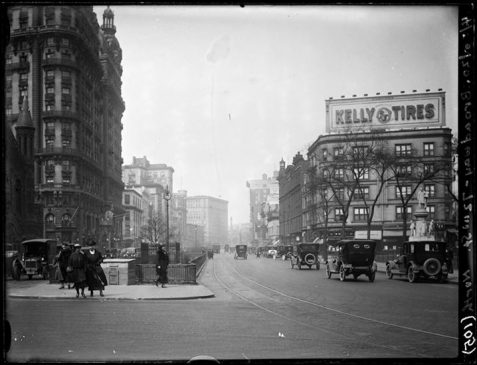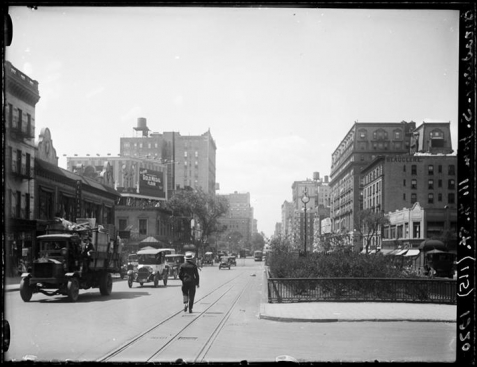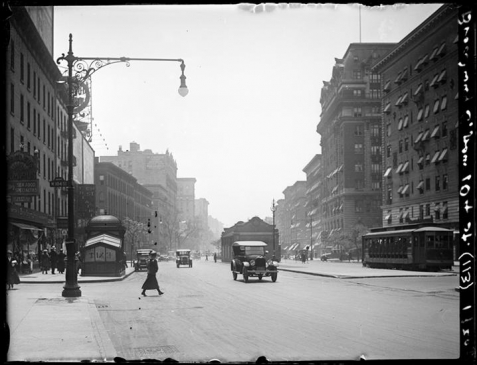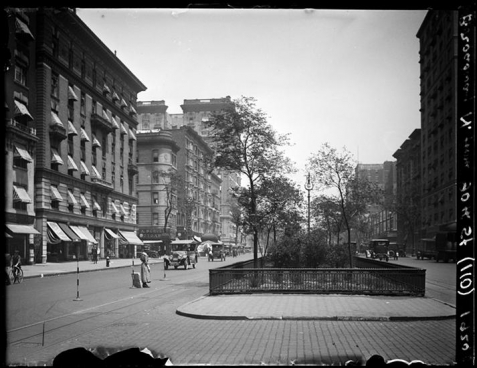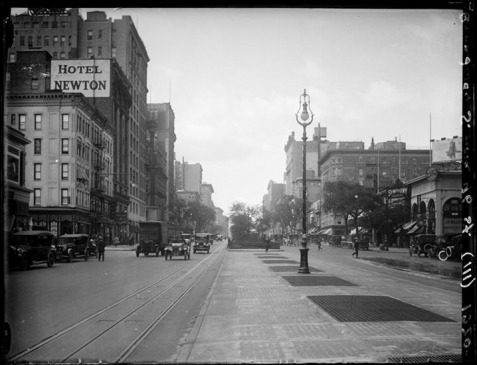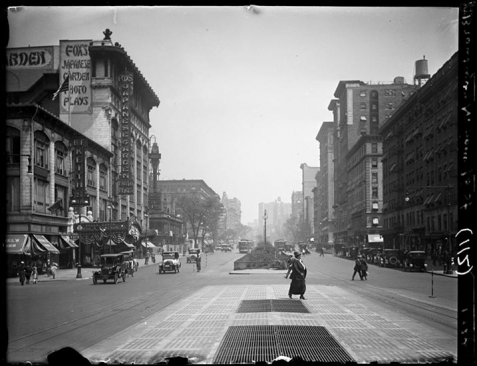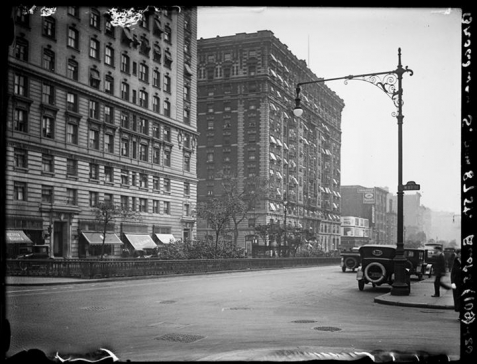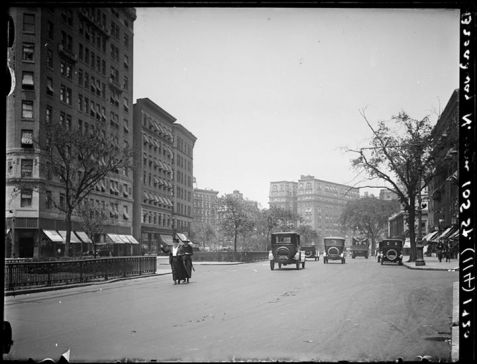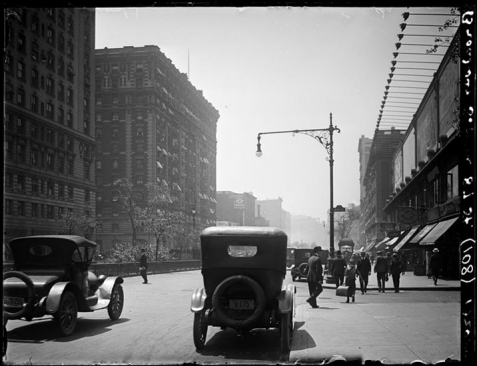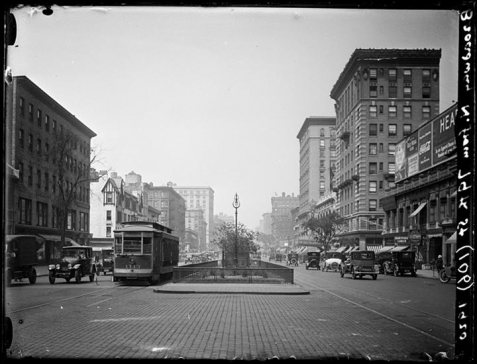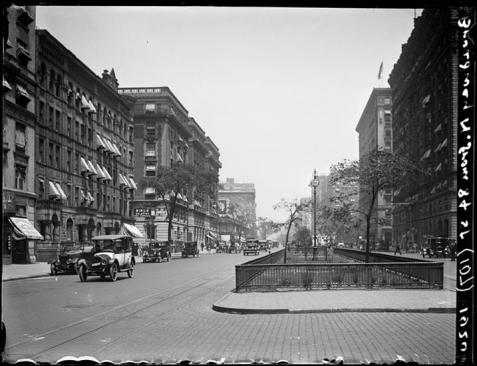History of the Broadway Malls
The Longest Garden on America’s Oldest Road
From Columbus Circle at 60th Street in Midtown, to 168th Street near the George Washington Bridge, a ribbon of New York City parkland winds its way along Broadway. This strip of trees, shrubs, and seasonal plantings, known as the Broadway Malls, creates a “front yard” for the communities of the Lincoln Center area, Upper West Side, Morningside Heights, West Harlem and Washington Heights.
Broadway begins at the southern tip of Manhattan and reaches 150 miles all the way to Albany. It is the longest street in the world. New York City first acquired the land in 1855.
Historically, most of the lower course of Broadway was said to follow the routes of the Wickquasgeck Trail of the Munsee Lenape and Wappinger peoples. Farther north it generally followed the line of Bloomingdale Road. Beyond the Harlem River, it becomes part of the highway to Albany.
In 1869, the “Boulevard” (as it was once known) modeled after the Champs Elysées in Paris, featured landscaped medians with broad planted walk-through malls. Streetcars ran right along each side of the malls. As the Boulevard began to develop hotels and apartments, the street was paved and by the 1890’s it had become a favorite route of bicycle riders. In 1899, it was formally named Broadway.
When construction of the Seventh Avenue IRT subway line began, the malls were torn up and later re-established in 1904. For more information about the history of the Broadway Malls, click here.



